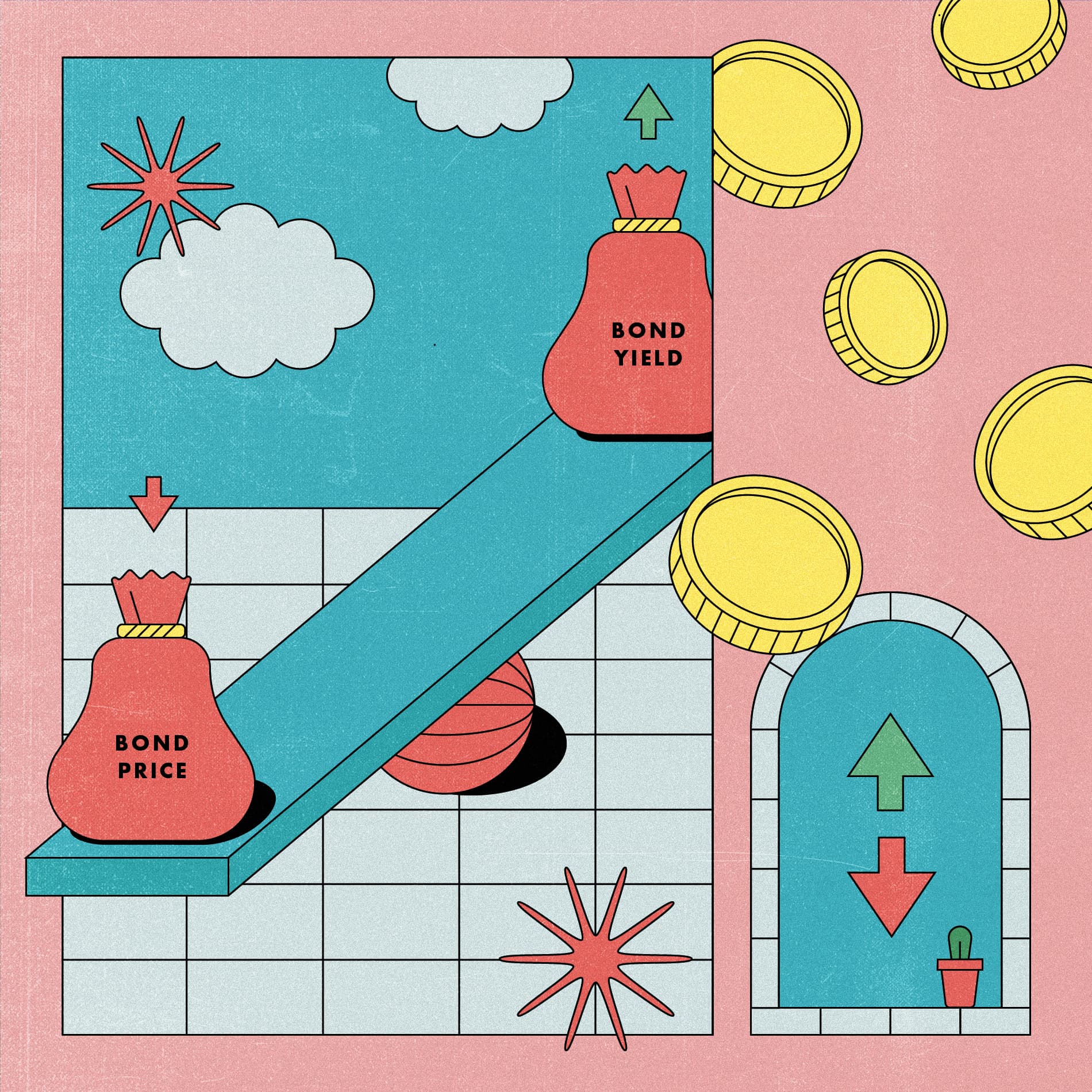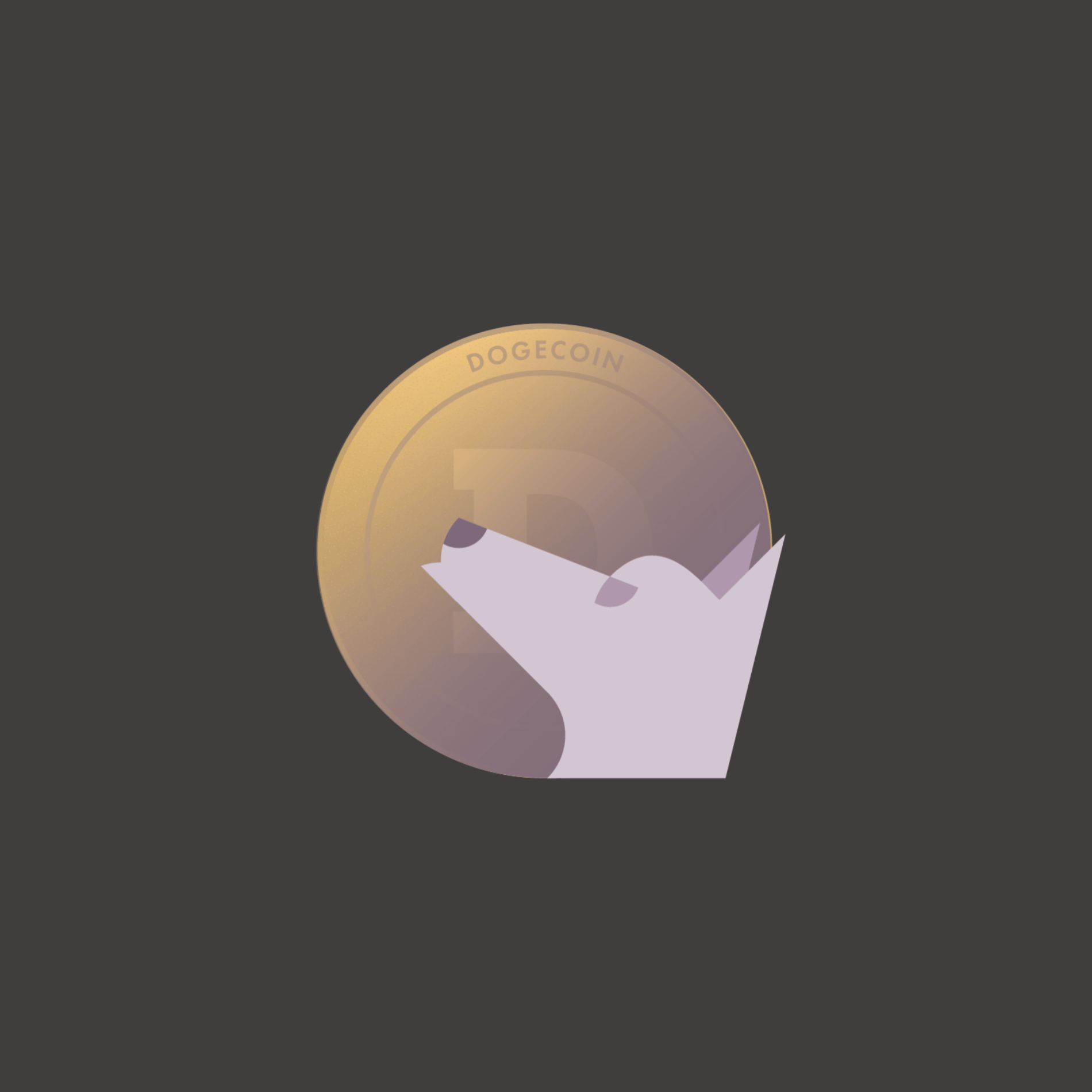
Finance for Humans
Everyone’s Trading Now. So I Tried It Too, Reluctantly
Writer Sarah Hagi was sort of intimidated by investing, the stock market, bonds — all that stuff. Which she figured was a good excuse to dive into stock trading as a kind of learning experiment.
Wealthsimple makes powerful financial tools to help you grow and manage your money. Learn more
At a certain point in my life, I acknowledged that there were some things I would not attempt to understand, things that seemed too complex and best left to the experts. For example, the plots of “Mission Impossible” movies, the mechanics of a record player, and the stock market.
So, when an editor at Wealthsimple Magazine contacted me and asked if I would like to write about what it’s like to trade stocks, I said it was probably a bad idea. Why would I willingly learn about something that has no place in my life? I suggested, perhaps, they had the wrong person. “Are you sure you want me to do this? I don’t know how that works.” They said yes, that’s exactly what they wanted. I would be the stand-in for people who figured this stuff wasn’t for them. But, I said, “I will lose all my money.” I tried to make it as clear as possible that I’d fail this assignment, but they assured me it wasn’t about “winning.”
With that knowledge — and the assurance that they’d give me an expert to ask questions of — I accepted the assignment.
We decided on a month-long experiment: I’d use the Wealthsimple Trade app, learn how it works, trade some stocks, and see where I ended up in a month. To raise the stakes (my suggestion), we decided that the fee I would be paid for the piece would be what I used to fund my trading.
And so I took a deep breath and went into journalistic research mode (by which I mean I watched “Wall Street” where I learned that information is the most valuable commodity, except when you have too much of it and then you go to jail for insider trading) and my stock trading journey began.
Step One: Getting Ready to Invest
Generally, when you buy and sell stocks, you can either do it yourself through an app or online service, or use a broker. Since my patron was a company that makes a trading app, I opted for that route. Getting started was very easy and straightforward. Essentially, I downloaded the app from the Google Play store and created an account. Because investing in the stock market involves real money and laws, I had to do things like prove that I was a real person (that meant providing my Social Insurance Number).

Sign up for our weekly non-boring newsletter about money, markets, and more.
By providing your email, you are consenting to receive communications from Wealthsimple Media Inc. Visit our Privacy Policy for more info, or contact us at privacy@wealthsimple.com or 80 Spadina Ave., Toronto, ON.
From there, I linked my bank account and transferred my funds. Signing up took less than five minutes. After a few days my transfer and account were verified and the app showed that I had cash available to trade — $1,200 CAD — and I was ready to buy stocks.
Everything looked great, I just had no idea which stocks to choose, or why.
Step Two: Wait, How do I Know Which Stocks to Choose?
I started trying to figure out what to invest in by looking around online. But much of the information was too high-level — it seemed geared for, and written by, people who were already deeply immersed, even as amateurs. I felt like I was starting to watch a TV show halfway through a season. I soon learned that communities dedicated to amateur trading were for people who had way more to spend than me, and wanted to take way bigger risks.
I thought about embedding in their world and learning their lingo. But the truth is, I wasn’t interested. That is not the kind of investor I want to be. And that’s an important thing to know about yourself.
I knew what I didn’t want, but I realized I didn’t know what I did want. What were my goals? Did I just want to see if I could survive my experiment without losing money? I realized there was a secret part of me that wanted more than that. So I asked Wealthsimple if there was anyone I could talk to for guidance on my journey and I was connected with Wealthsimple’s Zoe Wolpert, Senior Investment and Retirement Specialist, and Ben Reeves, Chief Investment Officer.
My experiment wasn’t exactly what Wolpert and Reeves would have advised others to do, but they agreed it was a good way to get a feel for how the market worked. Basically: don’t try this at home, kids. The first thing they told me is something I had already known deep down: there is no easy, fool-proof way to do this stuff. “It is kind of like gambling,” said Wolpert. “When you’re buying individual stocks it’s a lot like taking a bet on a single company. And how that works out isn’t always predictable. Imagine today was however many years ago and you put all of your money in Blockbuster. That would not have worked out,” Wolpert explained. “That’s why the longer-term portfolios are more diversified. You are investing in individual stocks, and that’s like putting all your eggs in one basket.”
I could research as much as possible about a company and learn as much about trends as I could, but ultimately, it was about guessing. There are ways to reduce risk (we’ll get to that in a minute), Wolpert explained, but a huge part of my journey would be accepting, really accepting, that I could lose money. That was a big lesson for me: don’t do this if you can’t afford to lose the money you’re buying stocks with.
Recommended for you
Having made peace with the idea that I could lose the amount of money I might have otherwise spent on rent and utilities in a month, I felt oddly more open to diving in.
The next step, Reeves told me, was picking stocks, and to do that, I needed to ask myself: what do I know best?
Step Three: Learning What I Already Knew Best
What I knew best, turned out, was pretty literal: it meant asking myself which industries I was most interested or knowledgeable in. “You need to think you have an insight into a stock that other people don’t,” Reeves explained. People buy stocks because they think they have an understanding that a certain company will become more valuable, which was why focusing on an industry I was already familiar with was key. It was the same advice I’d gotten from my friend’s mother, Linda, who started trading stocks back in the early 2000s with a group of women, kind of like a book club but for the stock market.
Step Four: Buy, Buy, Buy
I made a list of companies I felt I had some knowledge of: tech companies (because I am online all the time, sure, but also that just seemed smart?), and clothing companies. A friend who trades successfully told me about a tech company she thought was a safe investment, so I purchased two shares of AMD. And, because my friends and I had spent months worried about how we would find ways to socialize without being stuck indoors, my logic was that if someone as unathletic as me felt desperate enough to take up outdoor activities, others would too, so I found a retailer that specialized in that — Canadian Tire.
Then I remembered the clothing company Aritzia sold out of loungewear at the beginning of the pandemic, and with lockdown continuing, coziness is of the utmost importance. I decided to buy some of that because it was inexpensive at the time.
Finally, I felt ready to start trading. With my $1,200 CAD, I bought several shares of Artizia, two shares of Canadian Tire, and two shares of AMD.
Commission-free stock trading
WEALTHSIMPLE TRADE
Commission-free stock trading
Wealthsimple Trade makes it easy to buy and sell thousands of stocks and exchange-traded funds.

Step Five: Wait
Then, I waited. Over the weeks I didn’t really see much change in my stocks at all, which was a slight disappointment. I wasn’t losing money, but I didn’t feel like Gordon Gekko from “Wall Street,” either.
I got restless. I wanted to rock the boat just a little bit. So I sold one tech stock for an airline stock. Maybe, I thought, if travel ever became safe again, I would make some gains. That day has sadly not yet arrived. Would I have done this were I not trying to make something happen inside my timeline? Probably not. But this is the hand I was dealt!
Eventually, I noticed something change. But it wasn’t so much the value of my stocks; what changed was that I was paying attention to the news in a new way. Suddenly I was more in touch with the world because I was paying attention to stocks. And, I realized, paying attention to the market made me realize how much my daily life was impacted by it, which in turn made me think about trading even more. As my friend's mom Linda told me, keeping up on the news is a way to make informed trading decisions and helps her buy into companies that align with her morals.
By some miracle I haven’t lost any money since I began trading. (As it stands right now I’ve made over $50, according to the Trade app). Phew.
I went in terrified of doing the “wrong” thing. I looked at the Trade App like it was a Magic Eye photo and I had to screw up my eyes in order to make out the hidden figure. Now, though I still don’t really understand the market, I understand that every single person has a different definition of the right or wrong way to trade, and I can play that game, too, if I want. Yet, even as a freelancer who doesn’t have a stable income, I can see that there is a way to play it safe, and there’s a reason to do that, even if that reason isn’t immediate payoff.
And I decided that’s where I’m most comfortable — buying a few stocks for the long term. I may never know what a hedge fund is, or ever truly embrace capitalism in that Gordon Gekko way, but I think now I get why he exists, and how someone like me fits into his world.
*Wealthsimple Magazine is produced by Wealthsimple Technologies Inc. and is for informational purposes only. It is not intended to be investment advice or any other kind of professional advice. When you invest, your money is at risk and it is possible that you may lose some or all of your investment.







